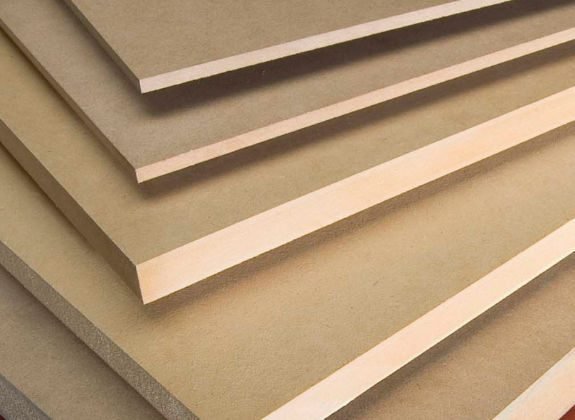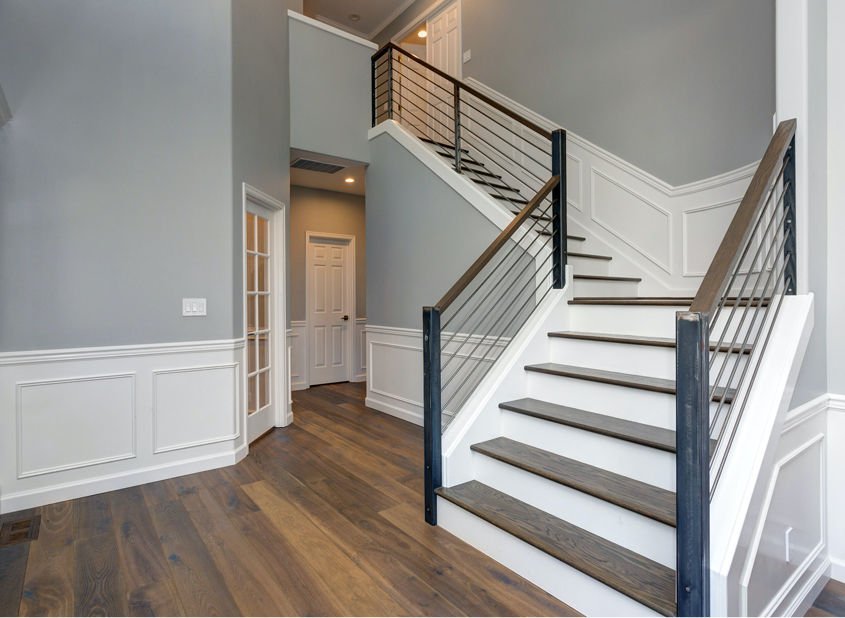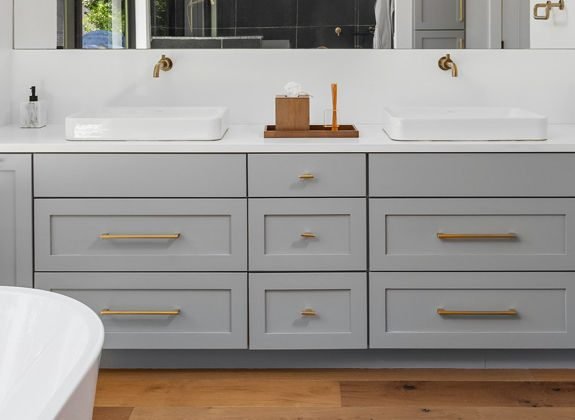
MDF Panels for Decorative Surfacing
Medium Density Fiberboard (MDF) panels are manufactured with a variety of physical properties and dimensions, providing the opportunity to design the end product with the specific MDF needed. MDF is a composite panel product typically consisting of cellulosic fibers combined with a synthetic resin or other suitable bonding system and joined together under heat and pressure. Additives may be introduced during manufacturing to impart additional characteristics. The surface is flat, smooth, uniform, dense and free of knots and grain patterns. The homogeneous density profile of these panels allows intricate and precise machining and finishing techniques for superior finished MDF products.
Common Uses for Medium Density Fiberboard (MDF)
- Doors, Jambs & Millwork
- Edge shaping & Machining
- Embossing
- Laminate Flooring
- Laminating & Finishing
- Trim Moulding
- Office & Residential Furniture
- Prefinished Paneling
- Store Fixtures
- Kitchen Cabinets


Features & Benefits of MDF
- Trim waste in significantly reduced when using MDF compared to other substrates.
- Stability and strength are important assets of MDF, which can be machined into complex patterns that require precise tolerances.
- Because MDF is a type of unfinished composite panel made from residual wood fiber, such as chips and shavings, it is carefully value engineered for each application. This results in product solutions which are substantially less expensive than alternatives.
- Medium Density Fiberboard Panels (MDF) is widely used in the manufacture of kitchen cabinets and is well suited for residential construction of modern homes where cabinets and built-ins showcase the performance of MDF beautifully. It is the material of choice in home interiors where tight tolerances, smooth surfaces and intricate machining are critical.
- Interior trim and mouldings are easily machined and laminated or painted. MDF can be machined with extremely tight tolerances and is used frequently in interior trims.

